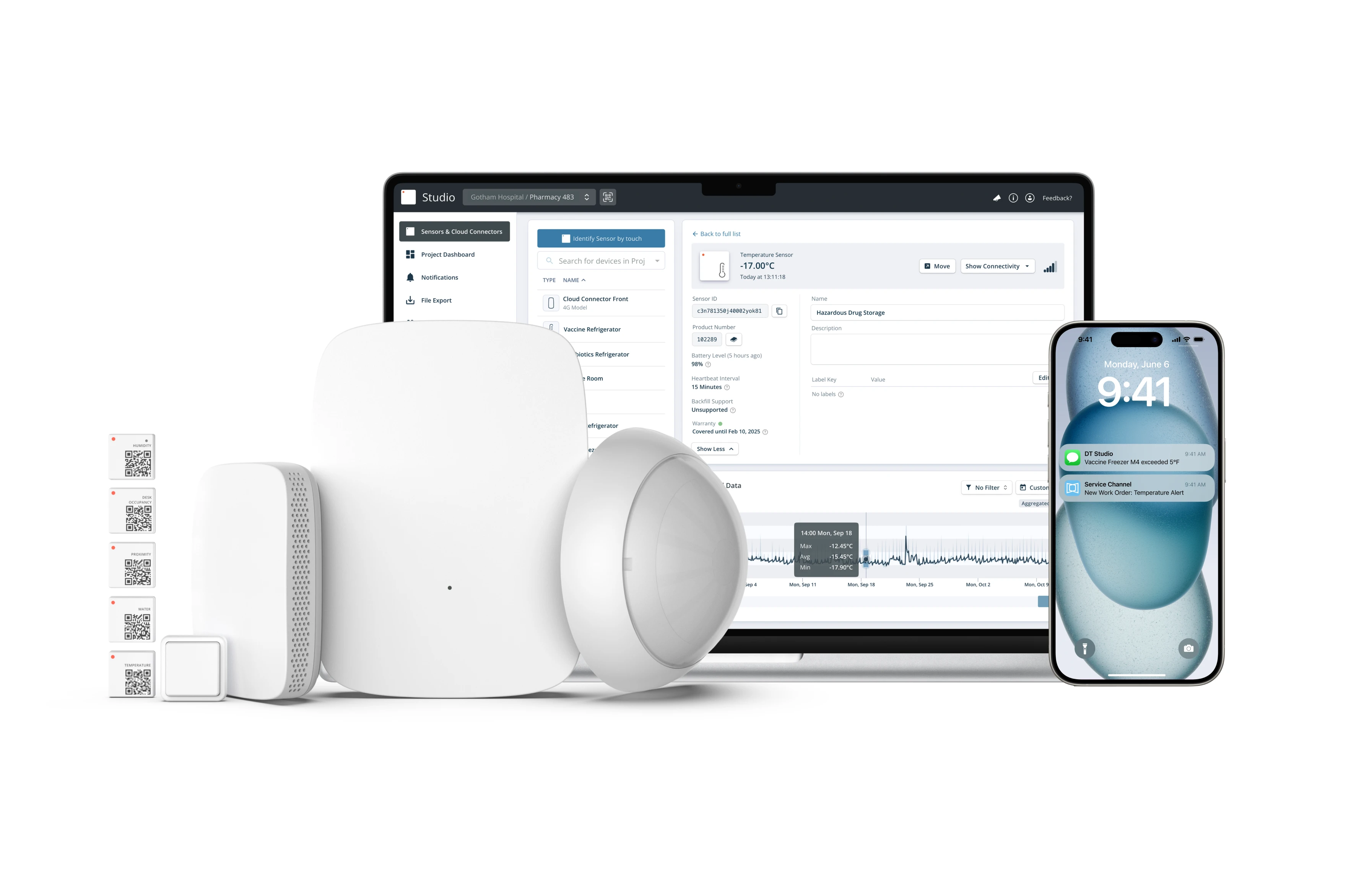Operational Excellence Meets Sustainability: The Role of Occupancy Sensors

The office desk has been the centerpiece of corporate life for decades. However, as the way we work evolves, so should corporate office spaces.
After two years of pandemic-induced remote work, in 2022, many Fortune 100 companies adopted the hybrid work model, which became commonplace across different industries. But as of March 2023, tech giants like Amazon and Apple have announced policies that require their employees to come into the office three times a week. It is part of a common push for "the great return to the office." And yet, given that large groups of employees strongly oppose these policies, some predict their repeal within a matter of months.
With such dynamic changes, office occupancy rates can fluctuate from week to week, while in hot desking workplaces, desk occupancy rates may even change daily.
But what does this mean to those responsible for office management? And how does it impact real estate energy costs and a building's carbon footprint?
The Need for Actionable Insights

Having accurate and up-to-date information about the use of offices, desks, and meeting rooms is important for any company. However, it becomes even more critical when considering today's evolving workplace.
By capturing, monitoring, and recording data around the office, facility managers can get up-to-date information about space and desk occupancy trends. They can use it to plan and adapt to changing business needs.
Workplace and Real Estate executives can use occupancy data to drive business strategy and make decisions focusing on operational flexibility and efficiency. And since many commercial real estate (CRE) companies have pledged to reduce their carbon emissions, executives can leverage the same data to monitor and showcase their progress towards these goals.
The Benefits of Using Occupancy Detection Sensors

Flexible Workplace Management
A modern hybrid office sees people come and go. Occupancy rates will fluctuate weekly as employees come into the office for specific purposes. One week, the office might be packed on a Monday. The following week, it may be empty on the same day.
Instead of relying on observation and estimates, facility managers can use accurate occupancy data to make smart decisions about office layouts and maintenance. They can observe seating and headcount data to ensure enough desks for all employees, avoiding over- or under-utilization of assets and maintenance resources. Over time, the data will display patterns that help them make informed decisions about expanding or downsizing office spaces and increasing or reducing the number of desks.
Cost Optimization
Real estate costs are the second largest expense after payroll for most organizations, and the costs are increasing. Facility managers optimize building costs wherever possible.
A space occupancy solution is designed to facilitate that in the following ways:
- Improve space and desk utilization: By identifying occupancy patterns, facility managers can identify underutilized areas and repurpose them for other uses.
- Reduce energy consumption: Optimize HVAC systems based on how buildings are actually used. For example, turn off heating where not required, increase airflow through changes to ventilation, or reduce air conditioning in sparsely populated areas.
- Boost maintenance services: Adjust cleaning schedules so that busier areas receive more frequent attention. Maintenance activities can be planned proactively, and the allocation of maintenance staff and supplies can be streamlined.
Keeping Track of Sustainability Goals
Real estate drives approximately 39% of total global CO2 emissions and CO2 reduction is becoming more of a focus thanks to increased regulation, so much so that buildings that aren't sustainable are losing value in the real estate market.
To reduce their carbon footprint and CO2 emissions, organizations use environmental leadership indicators to define sustainability strategies. The BREEAM and LEED certifications are among the most rigorous and internationally recognized. They assess the performance of buildings by evaluating various factors of their environmental impact.
Space occupancy solutions can help commercial buildings reach their sustainability goals, get the certifications they need, and keep track of their progress.
- Energy Efficiency: HVAC systems can be adjusted using occupancy intelligence, resulting in significant energy savings by reducing heating and cooling when spaces are not in use.
- Indoor Environmental Quality: Sensor solutions help keep track of key environmental factors like ambient temperature, humidity, and indoor CO2 levels, all of which contribute to a more comfortable and productive environment for building occupants.
- Innovation: BREEAM and LEED certifications offer innovation points for using advanced technologies that demonstrate a commitment to sustainability. Deploying IoT-based occupancy detection sensors can indicate the company's commitment to using innovative technologies to reduce energy consumption and improve indoor environmental quality.
The Disruptive Technologies Space Occupancy Solution
Our Space Occupancy Solution uses discrete, wireless sensors placed under desks, in doorways, or on the ceiling to detect the presence of an employee.
Easy implementation, wide coverage, and little-to-no maintenance make our solution one of the most cost-effective IoT solutions for space optimization. The solution is designed for scalability, with the possibility of simultaneously monitoring multiple rooms, floors, and buildings.

Bottomline
Office spaces have changed a lot since employees started working from home in 2020, and hybrid work has become the norm. In 2023, those responsible for office management need quick, actionable insights to measure space and desk utilization.
Through accurate, consolidated data from occupancy-detection sensors, facility managers can understand how buildings, offices, and desks are used. They can use this understanding for smart decision-making based on actual or predicted business needs. The impact of implementing occupancy solutions is indisputable. Not only do these solutions lead to significant reductions in costs, but they also support business commitments to sustainability in the long run.

Complete Guide to Understanding Workplace Occupancy
Content That Might Interest You
Get Started




.png)

